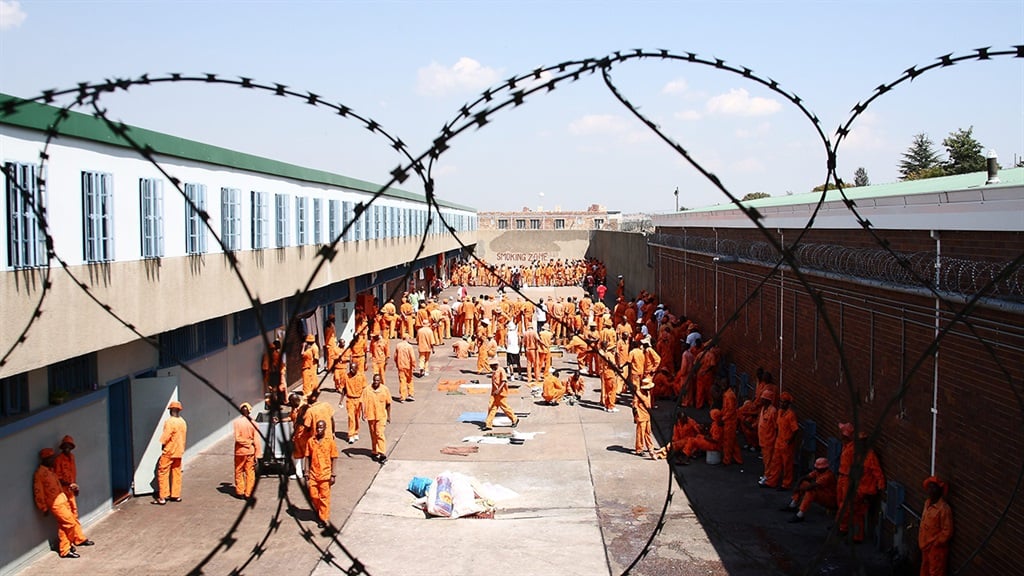Serial Killer: a person who murders three or more people, with the murders occurring over more than a month. There is often no apparent motive, and the murders typically follow a characteristic, predictable behaviour pattern.
The psychology behind why serial killers kill has been studied extensively over the years. From understanding how their brains work to developing systems like profiling to catch them. Serial killers have been a part of global society for centuries and centuries to come. With the growing understanding behind the behaviour of these criminals, has come society’s growing fascination with them. However, the question that begs itself is whether serial killers can be rehabilitated.
As I write this, the Station Stranger, known as Norman Simons, is being released from prison. Simons was only convicted of the murder of a ten-year-old child but is believed to have murdered and assaulted 22 young boys. The release of Simons has sparked a conversation about whether serial killers can be reintroduced back into society and be expected not to revert to their criminal ways.

While I did not initially understand people’s allure and intrigue with serial killers, my interest peaked once I learned that serial killers are often made and not born. It would be easy to suggest that some of the most prolific serial killers were born evil, however, research shows that specific genes can predispose some people to violence. Many serial killers experience childhood trauma (i.e. physical or sexual abuse, family dysfunction) or early separation from their mothers, which often results in the learned response to suppress empathy and causes damage to the parts of the brain that control emotional impulses.
In one of the country’s top podcasts, True Crime South Africa, host Nicole Engelbrecht, always gives context into the subject’s upbringing and the abuse they may have suffered. Take America’s most prolific serial killer, Samuel Little who has been confirmed to have committed at least 60 murders. Little claims that his mother was a teenage sex worker who gave birth to him in jail and abandoned him, and as a child, he began to have fantasies of harming women.
Similarly, The Station Strangler is believed to have also been subjected to childhood trauma. Simons alleges his older stepbrother sexually assaulted him as a child and he began “hearing voices” from his brother instructing him to kill.

Neuroscientist Jim Fallon believed that psychopathic killers were born. After looking at 70 brain scans, some from people with mental illnesses such as schizophrenia or depression, and others from convicted killers, Fallon successfully identified the “killer brains” in the sample because all had one thing in common. The brain’s frontal cortex above the eye which is the circuit that codes for ethics, morality, and conscience had lost function. When this part of the brain does not develop or loses function the person does not have a sense of morality and has very little impulse control. However, while this brain abnormality was observed in the brains of serial killers, it isn’t sufficient to cause someone to become a violent killer, there has to be something else. For Fallon, that ‘something else” was a traumatic childhood.
In psychology, serial killers are categorised as psychopaths. A normal brain makes decisions by weighing the rewards against the consequences. For example, you and I might decide not to drive drunk because of weighing the potential consequences against the action of driving. In a psychopathic mind, the action which yields the highest reward will be most valued in the decision-making process regardless of the consequences. So when a serial killer’s brain overvalues the “reward” that comes from their crimes, rehabilitation comes into question.

While Simons’ release comes as a shock to many, there have been instances where serial killers, mostly from Europe and South America were released from prison. In 2004, Sybrand Louis van Schoor, who killed over 39 victims and is known as South Africa’s worst serial murderer, was released from jail and integrated into society.
According to Yale University, there is no cure for psychopathy, no medication can instill empathy and no amount of therapy can change an uncaring mind. However, some psychologists have argued that the urge to kill is a learned response that can be unlearned through many years of therapy. In a study conducted with 1088 convicts, those who were originally arrested for manslaughter or for dangerous crimes that caused death, have a 43% likelihood of reoffending or being arrested for other offenses of any type.
The question of allowing serial murderers into society is a difficult one that science and the justice system can’t seem to answer. Can one put a limit on justice? Is a handful of years behind prison enough when lives have been lost forever? There are instances that prove that serial killers can be rehabilitated and sent back into society, while there are cases where they have left prison only to revert to their crimes. My only hope for the people of South Africa is that Simons falls into the former.




















































